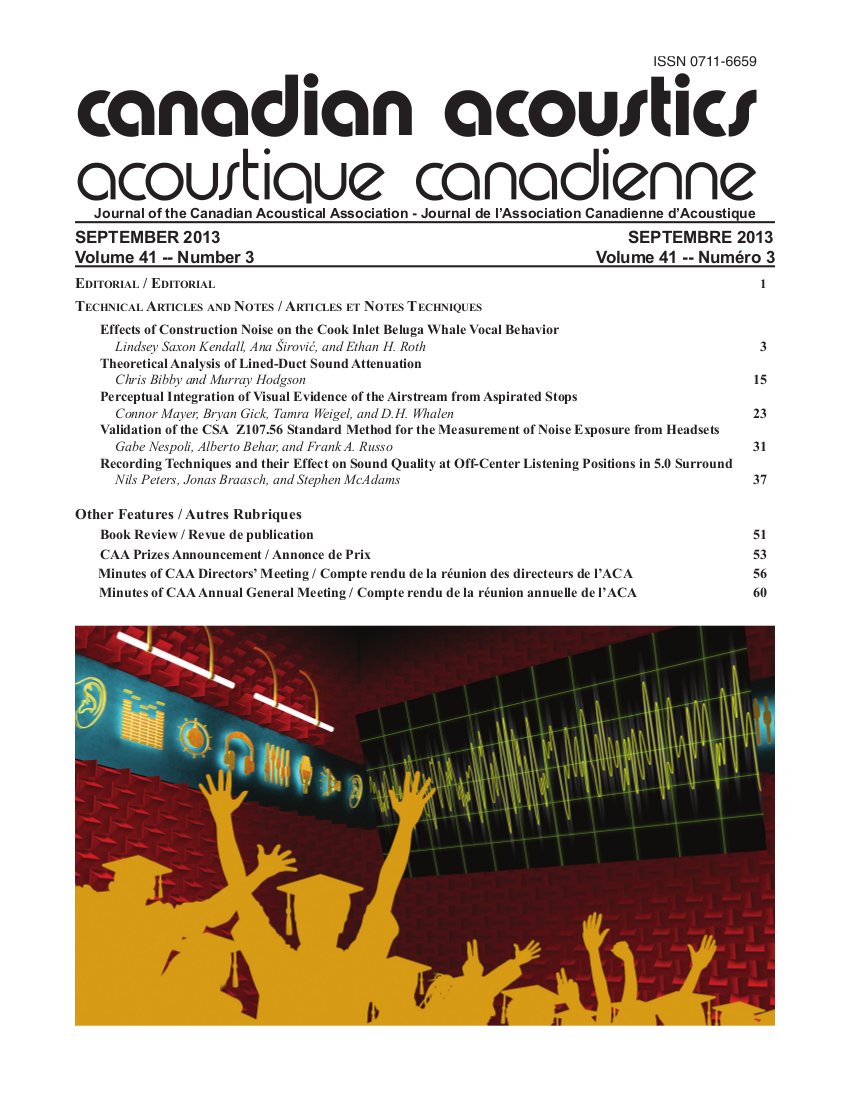Recording Techniques and their Effect on Sound Quality at Off-Center Listening Positions in 5.0 Surround Environments
Abstract
Assessments of listener preferences for different multichannel recording techniques typically focus on the sweet spot, the spatial area where the listener maintains optimal perception of the reproduced sound field. The purpose of this study is to explore how multichannel recording techniques affect the sound quality at off-center (non-sweet spot) listening positions in medium-sized rooms. Listening impressions of two musical excerpts created by three different multichannel recording techniques for multiple off-center positions are compared with the impression at the sweet spot in two different listening room environments. The choice of a recording technique significantly affects the sound quality at off-center positions relative to the sweet spot, and this finding depends on the type of listening environment. In the studio grade listening room environment featuring a standard loudspeaker configuration, the two tested spaced microphone techniques were rated better at off-center positions compared to the coincident Ambisonics technique. For the less controlled room environment, the interaction between recording technique and musical excerpt played a significant role in listener preference.Additional Files
Published
How to Cite
Issue
Section
License
Author Licensing Addendum
This Licensing Addendum ("Addendum") is entered into between the undersigned Author(s) and Canadian Acoustics journal published by the Canadian Acoustical Association (hereinafter referred to as the "Publisher"). The Author(s) and the Publisher agree as follows:
-
Retained Rights: The Author(s) retain(s) the following rights:
- The right to reproduce, distribute, and publicly display the Work on the Author's personal website or the website of the Author's institution.
- The right to use the Work in the Author's teaching activities and presentations.
- The right to include the Work in a compilation for the Author's personal use, not for sale.
-
Grant of License: The Author(s) grant(s) to the Publisher a worldwide exclusive license to publish, reproduce, distribute, and display the Work in Canadian Acoustics and any other formats and media deemed appropriate by the Publisher.
-
Attribution: The Publisher agrees to include proper attribution to the Author(s) in all publications and reproductions of the Work.
-
No Conflict: This Addendum is intended to be in harmony with, and not in conflict with, the terms and conditions of the original agreement entered into between the Author(s) and the Publisher.
-
Copyright Clause: Copyright on articles is held by the Author(s). The corresponding Author has the right to grant on behalf of all Authors and does grant on behalf of all Authors, a worldwide exclusive license to the Publisher and its licensees in perpetuity, in all forms, formats, and media (whether known now or created in the future), including but not limited to the rights to publish, reproduce, distribute, display, store, translate, create adaptations, reprints, include within collections, and create summaries, extracts, and/or abstracts of the Contribution.


